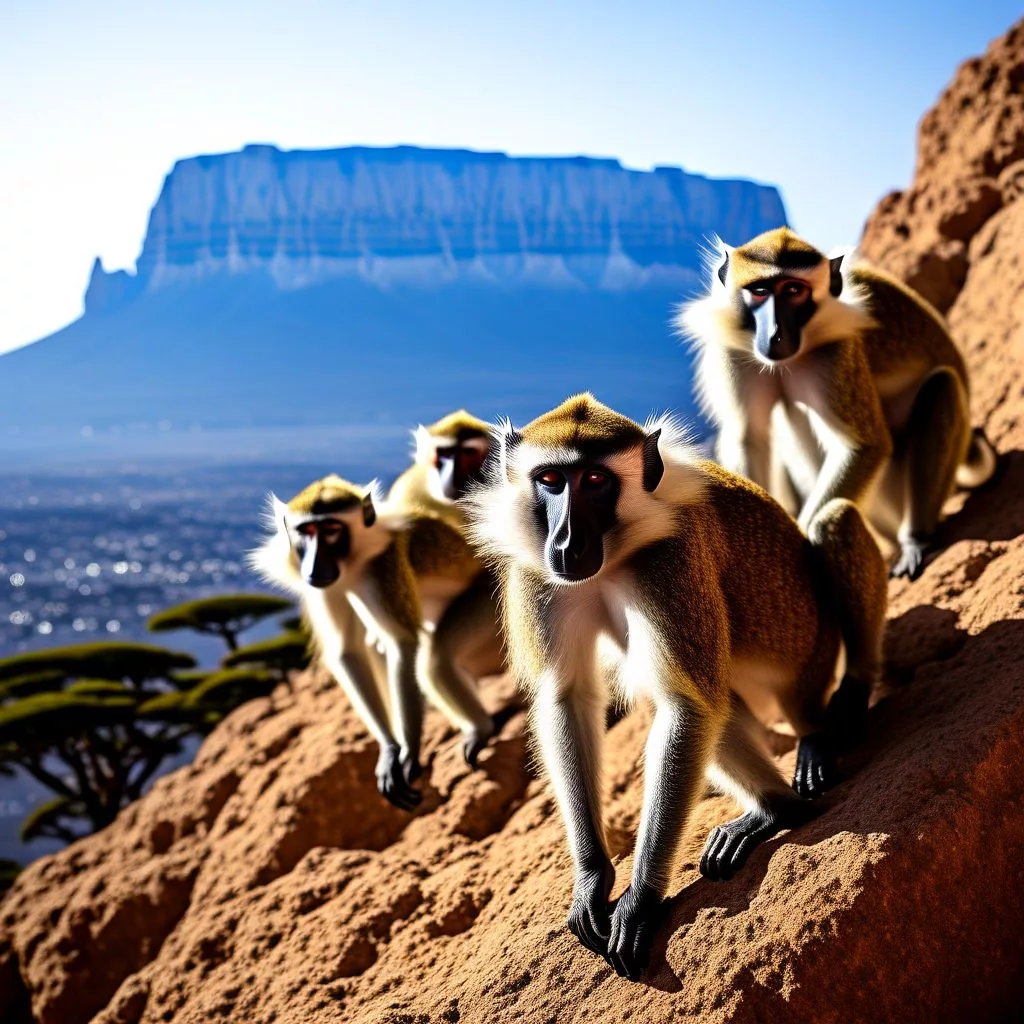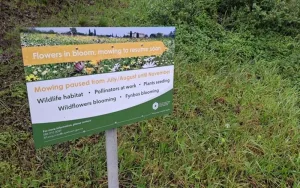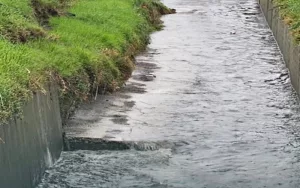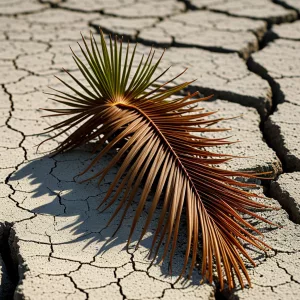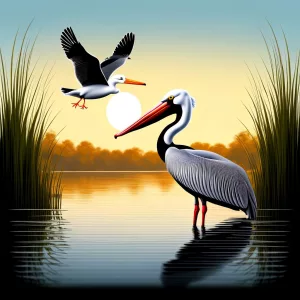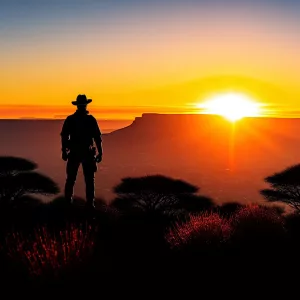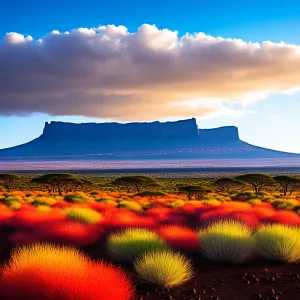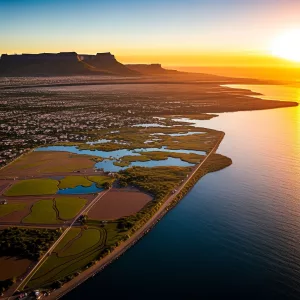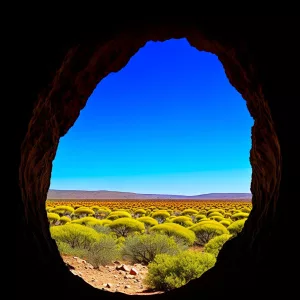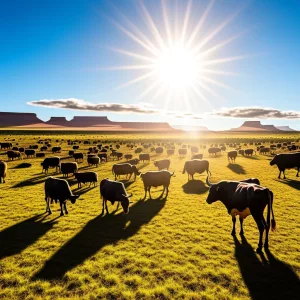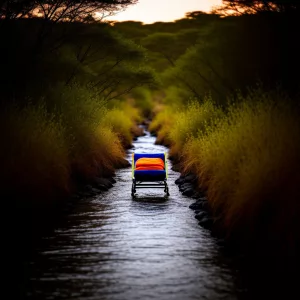In Cape Town, clever wild baboons roam both the mountains and city streets, often causing trouble by raiding homes and gardens. To live peacefully with them, the city uses baboon rangers, gentle deterrents like paintball guns, and even tries birth control to keep their numbers steady. People share their thoughts in public meetings, helping shape fair and kind plans for both humans and baboons. This careful balance shows how nature and city life can mix, teaching us to respect wild neighbors right on our doorsteps.
Cape Town’s nomow initiative lets certain parks and roadside spaces grow wild from July to November, allowing native wildflowers to bloom and pollinators like bees and butterflies to thrive. This peaceful pause from mowing creates colorful, buzzing habitats right in the city, connecting nature pockets and helping endangered plants and animals survive. It also invites the community to watch, learn, and care for the unique Fynbos plants that make the Cape Floral Kingdom so special. This simple act turns urban green spaces into lively, beautiful places full of life and hope.
The Southfield Canal in Cape Town is a crucial waterway that protects neighborhoods from flooding and supports local nature. After heavy storms in 2024 damaged its walls, the city started urgent repairs, using sandbags to keep homes safe while a full restoration is planned for late 2025. This canal is more than concrete it’s a lifeline that connects nature and people, reminding everyone of the powerful water flowing beneath the city. The community’s patience and the city’s careful work show a shared hope to keep this vital lifeline strong for the future.
Cape Town’s beautiful green spaces hide a dangerous secret: many of its exotic plants like palms, pines, and cypresses catch fire easily and help wildfires spread quickly. Unlike native plants, which resist burning, these imported trees have dry, oily leaves that act like kindling during hot, dry, and windy weather. This risk grows worse with climate change, turning lovely neighborhoods into wildfire hotspots. To protect the city, people are now rethinking gardens, favoring firesafe native plants that keep both nature and residents safe. Cape Town’s story shows how caring for urban nature means balancing beauty with smart safety.
In the Western Cape, a new outbreak of avian influenza is hitting both farm birds and wild birds hard, causing many deaths and forcing farmers to cull their flocks. The virus doesn’t stay put it spreads quietly through wetlands and farmlands, showing how closely people, animals, and nature are connected. Communities are stepping up, helping to watch for sick or dead birds and keeping farms clean to stop the spread. This crisis reminds everyone that protecting birds means protecting the whole region’s health, food, and way of life.
Cape Town’s Marine Protected Areas (MPAs), like the Helderberg MPA, are special places where the ocean and coast are carefully cared for to protect plants, animals, and people’s way of life. These areas are alive with colorful kelp forests, busy fish, and playful shorebirds, offering both a home for wildlife and a classroom for curious explorers. The community comes together each year to celebrate and protect these treasures, understanding that the ocean’s health depends on everyone’s care. Through science, art, and teamwork, Cape Town keeps its marine world vibrant and full of hope for the future.
South Africa’s rangers are brave protectors of nature, fighting against dangerous poachers who threaten wildlife. They use modern tools like drones and work closely with local communities to keep parks safe. Their job is risky and tough, but they carry a deep love and duty to preserve the country’s wild places for future generations. Through courage and teamwork, these guardians stand strong to protect the beauty and life of South Africa’s wilderness.
Cape Town’s women rangers are brave protectors of nature, working hard to keep the city’s wild places safe and alive. They patrol parks, fight fires, watch over animals, and teach communities about the environment. These women bring science and heart together, making sure that nature and people live in harmony. Their stories show strength, kindness, and a deep love for the land, inspiring everyone to care for Cape Town’s beautiful natural world.
The Pamela Isdell Seabird Nursery in Cape Town is a special place that saves and cares for endangered African penguin chicks. It can now help twice as many birds, giving them a safe space to grow and recover from dangers like oil spills and loss of food. Caring hands use science and love to feed and protect these little penguins, hoping they can return to the wild strong and healthy. This nursery is a bright hope for the future of African penguins and shows how people working together can make a big difference.
Cape Town is using digital meetings to bring its people together and talk openly about big city challenges like rapid growth and protecting nature. The city fights to save its wetlands, coastline, and urban forests while battling invasive pests that harm trees. At the same time, Cape Town is fixing up neighborhoods and planning smart, mixeduse spaces that balance homes, jobs, and green areas. With strong rules and shared voices, the city aims to grow in a way that keeps both people and the environment healthy and connected.
Every spring, Namaqualand in South Africa turns into a magical wildflower wonderland. Millions of colorful flowers, especially bright orange Namaqua daisies, burst from the dry earth, painting the land in stunning shades of yellow, purple, and pink. Visitors from all over come to Namaqua National Park and nearby reserves to walk among these vibrant flower carpets and watch bees and birds dance in the warm sunlight. This brief, dazzling bloom feels like nature’s grand show, reminding everyone of the beauty that can spring from even the driest places.
The Cape near Cape Town hides magical caves full of ancient stories and wild beauty. From the easy twists of Boomslang Cave to the deep, dark mystery of Tartarus, each cave invites adventurers to explore nature’s hidden world. Peers Cave reveals echoes of humans from 13,000 years ago, while Klipgat holds treasures by the sea, where whales swim nearby. Elephant’s Eye Cave offers stunning views high on the mountain, blending nature and legend. Together, these caves whisper secrets of the past and spark wonder in every visitor brave enough to enter.
Aquila Private Game Reserve and Spa, near Cape Town, is a stunning place where visitors can see Africa’s famous Big Five animals up close. Set in the wild and beautiful Karoo region, it offers thrilling safaris, horseback rides, and relaxing spa treatments. Families are warmly welcomed, with fun and learning for kids, while everyone enjoys cozy lodges and starry nights by the fire. Aquila blends wild adventure with comfort and cares deeply about protecting nature and helping local communities. It’s a perfect way to experience South Africa’s wild heart and peaceful spirit.
Across South Africa’s wide, sunlit farms, Foot and Mouth Disease (FMD) threatens the cattle that many families depend on for their lives and work. To fight back, the country is vaccinating hundreds of thousands of animals with vaccines made right at home, spending big on research, and tightening safety rules at markets. Farmers, scientists, and the government are joining hands, sharing knowledge and hope to stop the virus from spreading. This united effort is not just about saving animals—it’s about protecting jobs, communities, and the soul of South Africa’s farming heartland.
Deep in South Africa’s mysterious Knysna Forest roams the last Knysna elephant, a strong and lonely female who carries the memory of a vanished herd. She moves quietly beneath towering trees, a living symbol of survival and loss, reminding us how nature can shrink but still hold hope. Thanks to hidden cameras, people have glimpsed her rare steps, inspiring efforts to protect her and the forest she calls home. Her story teaches us to respect wild places and cherish the fragile life that still lingers within them.
In the wild Western Cape, breathtaking beauty meets real danger, where hikers sometimes get lost or hurt. Last weekend, brave rescue teams worked fast, helping people stuck on rugged trails, giving medical care, and guiding them safely back. From mountain climbs to deep forests, these rescuers show courage and teamwork, turning scary moments into stories of hope and survival. Their skill and heart keep adventurers safe in nature’s stunning but unpredictable playground.

